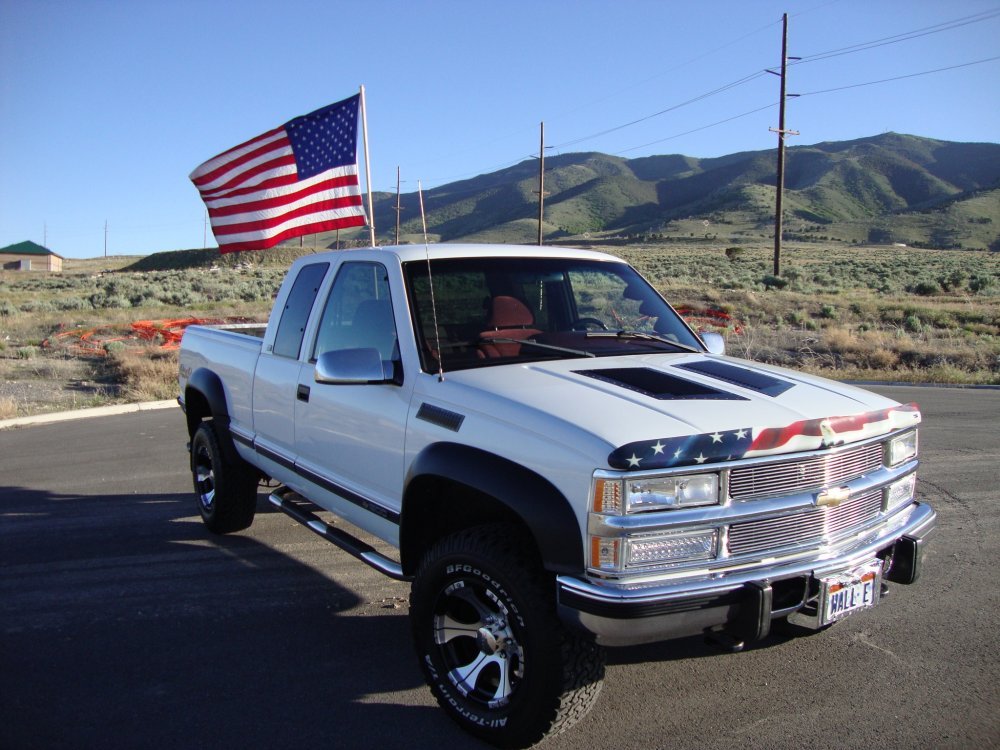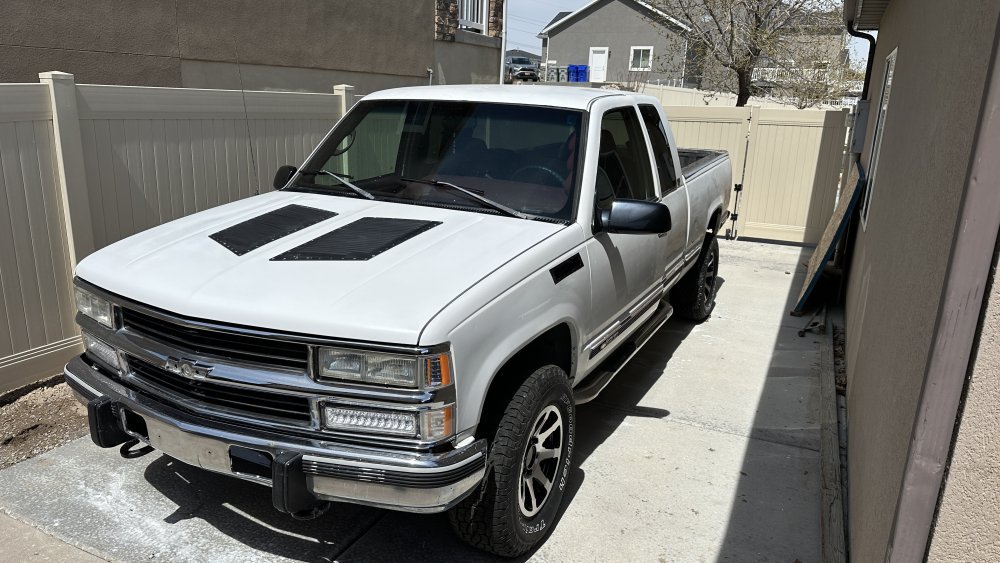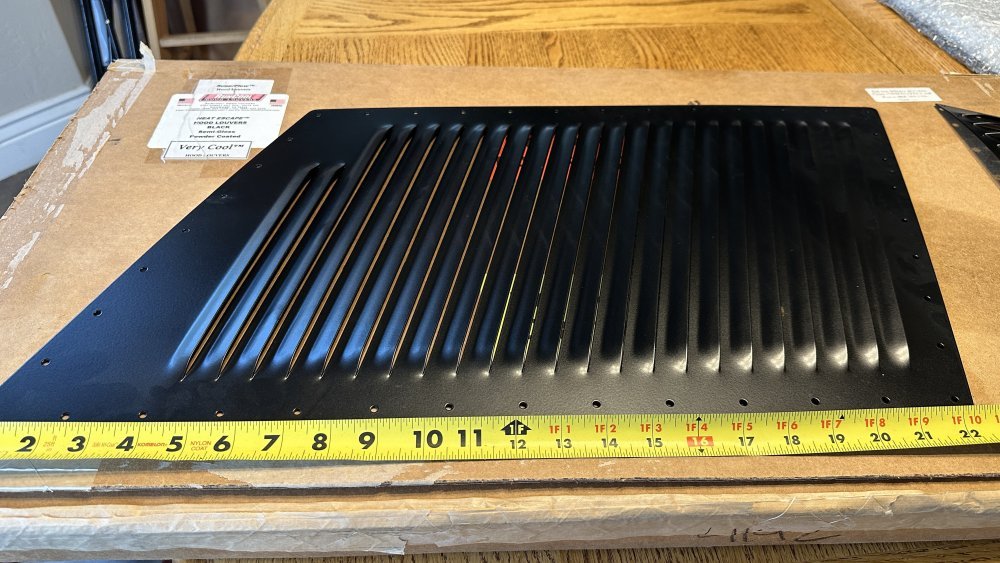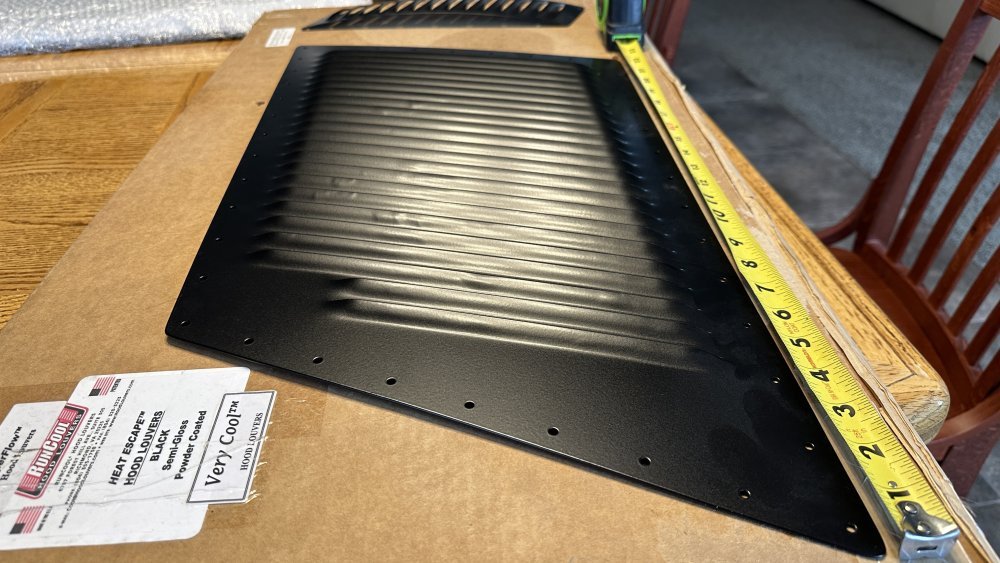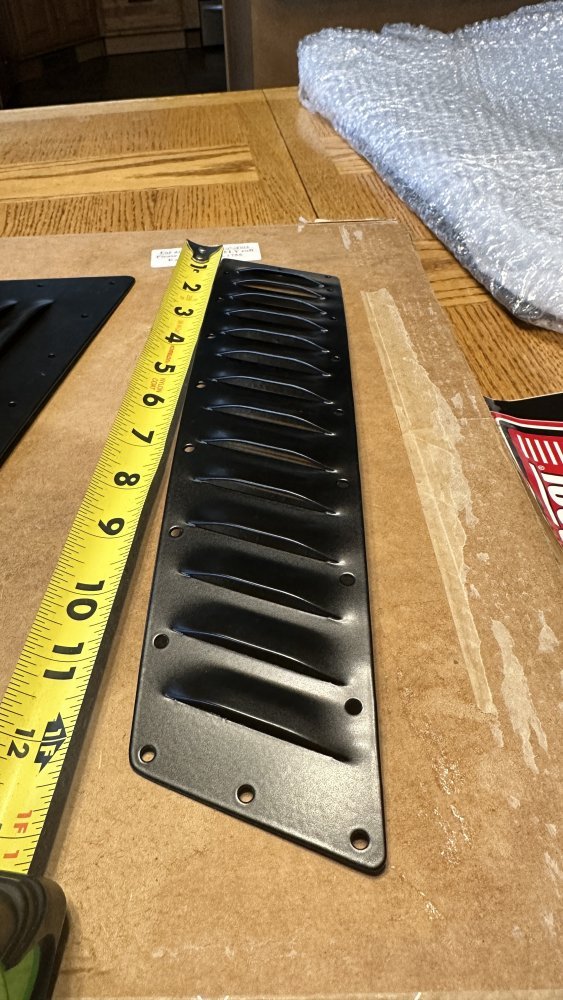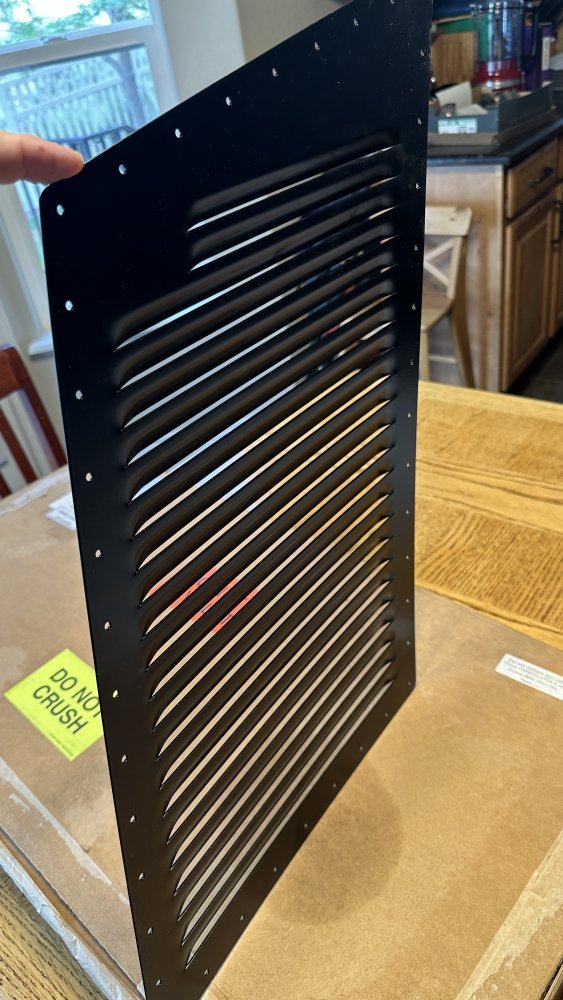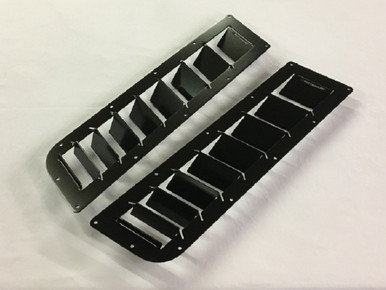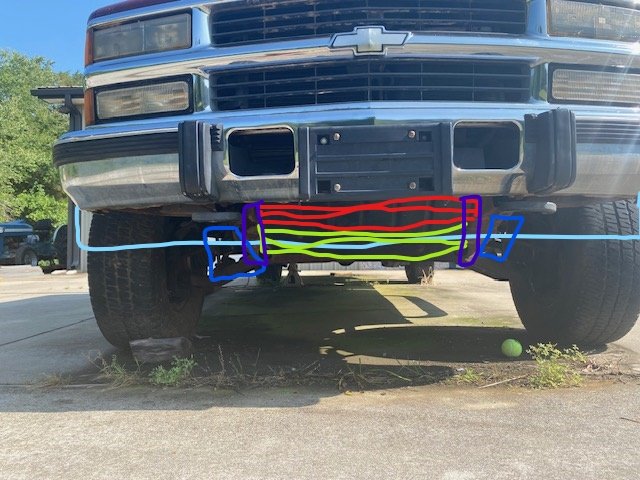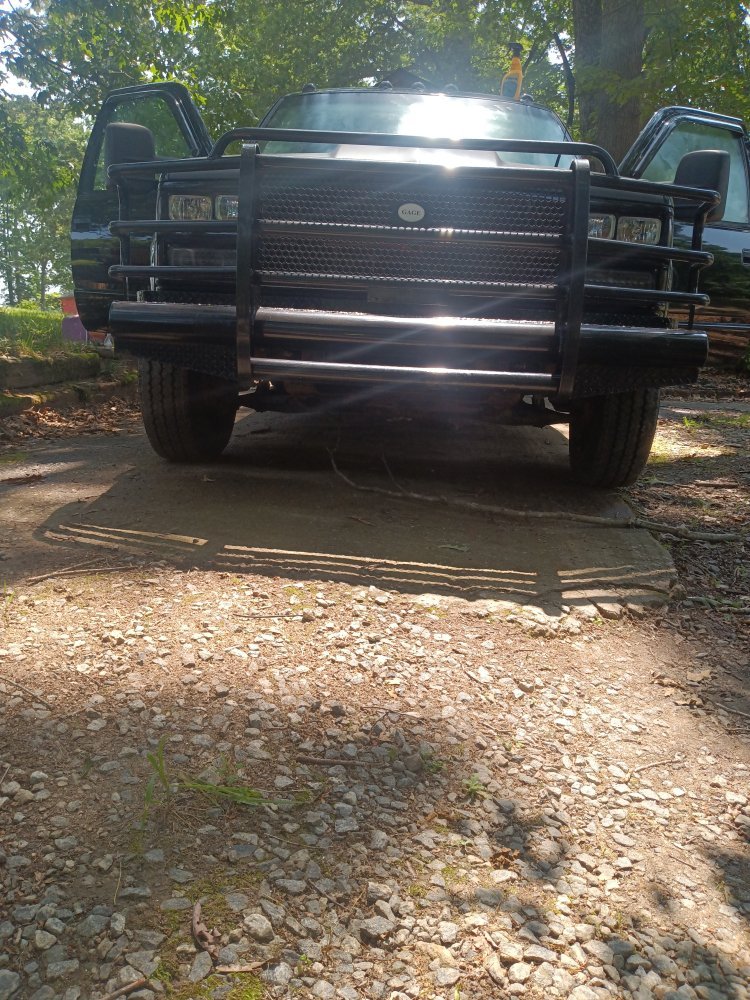Paul, are your louvers above the hood line, it's a little hard to tell.
I was considering louvers being under the hood line to attempt to draw air through the stack?
I was considering louvers being under the hood line to attempt to draw air through the stack?

